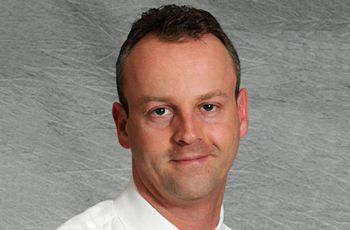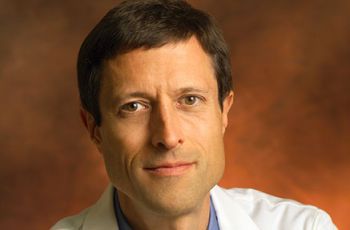News Archive
In the coming years, the U.S. is expected to face a national shortage of nurses twice as large as any experienced since the mid-1960s.
The GW SMHS was part of an event that took place on the GW Campus to mark World AIDS Day 2011. ONE and (RED) hosted this event to recognize reaching “the beginning of the end of AIDS.”
Michael Irwig, M.D., assistant professor of Medicine at the GW School of Medicine and Health Sciences, is quoted in an article about the side effects of the hair loss drugs, such as Propecia, and research that was done which ties the drugs to sexual problems.
Congressman Pete Olson Introduced the Cardiac Arrest Survival Act of 2011, H.R. 3511, that will establish a uniform base of liability protection for businesses that acquire AEDs and the good Samaritans who use them. The Cheney Cardiovascular Institute supports and applauds Congressman Olson's…
Neal Barnard, M.D., adjunct associate professor of medicine in the GW School of Medicine and Health Sciences, is quoted in an article about new and healthier ways of approaching Thanksgiving dinner.
Debra Herrmann, MSHS, MPH, PA-C, assistant professor of Physician Assistant Studies in the GW School of Medicine and Health Sciences, is the recipient of the 2011 Physician Assistant Education Association (PAEA) Rising Star Award.
Dennis Narango has been named associate dean of the George Washington University School of Medicine and Health Sciences (SMHS) and associate vice president of GW Medicine development and alumni relations. Mr. Narango will join GW on Nov. 21, 2011.
GW School of Medicine and Health Sciences alum, Russell C. Libby, M.D., F.A.A.P, was installed as president-elect of the Medical Society of Virginia (MSV) during the Society’s annual meeting held on October 30th at Homestead Resort in Hot Springs, Va.
Braving morning temperatures below 40 degrees and a freak blast of winter weather the day before, a team of 61 George Washington University alumni, students, faculty, staff, and friends joined more than 21,000 others to run in the 36th Annual Marine Corps Marathon and the Marine Corps 10-…
GW Cheney Cardiovascular Institute awards grants to advance research in the area of cardiology.

